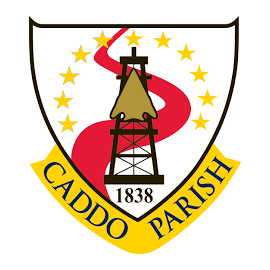Goodwill Industries improves people’s lives through the power of work.
The purpose and vision of Goodwill is to ensure that every person finds a meaning, purpose and value in life by securing employment. This brings about change in not only the person, but the family and the community at-large.


















Public Notice: Fight Fraud
Copyright © 2024 Administrative Office, all rights reserved.